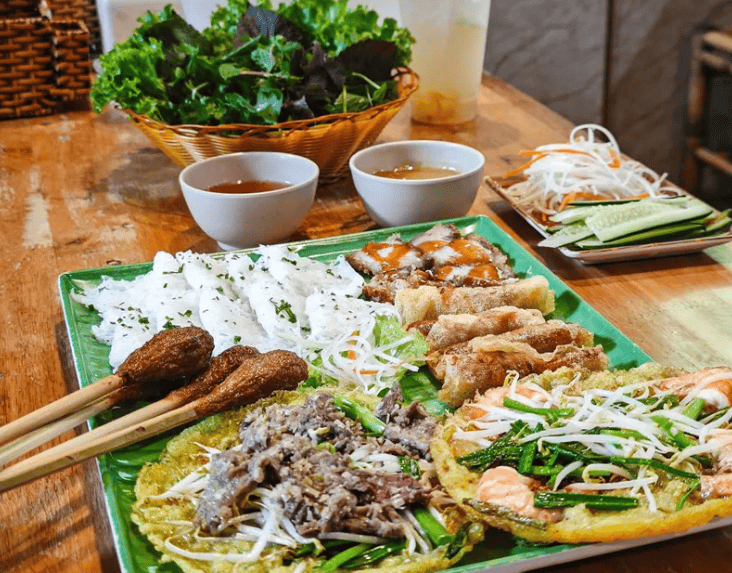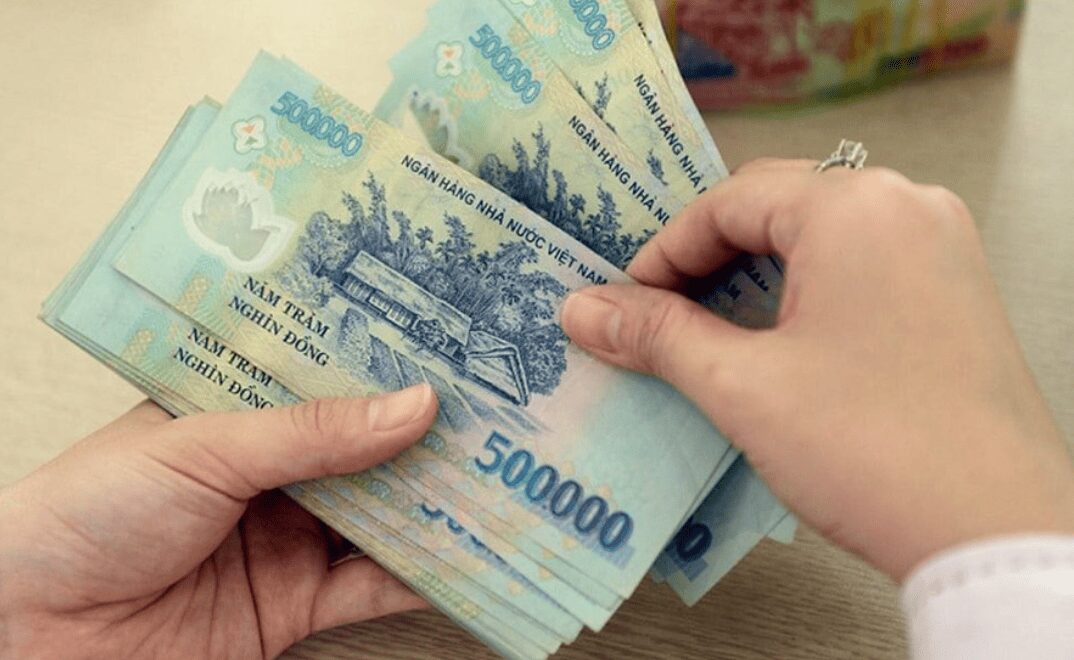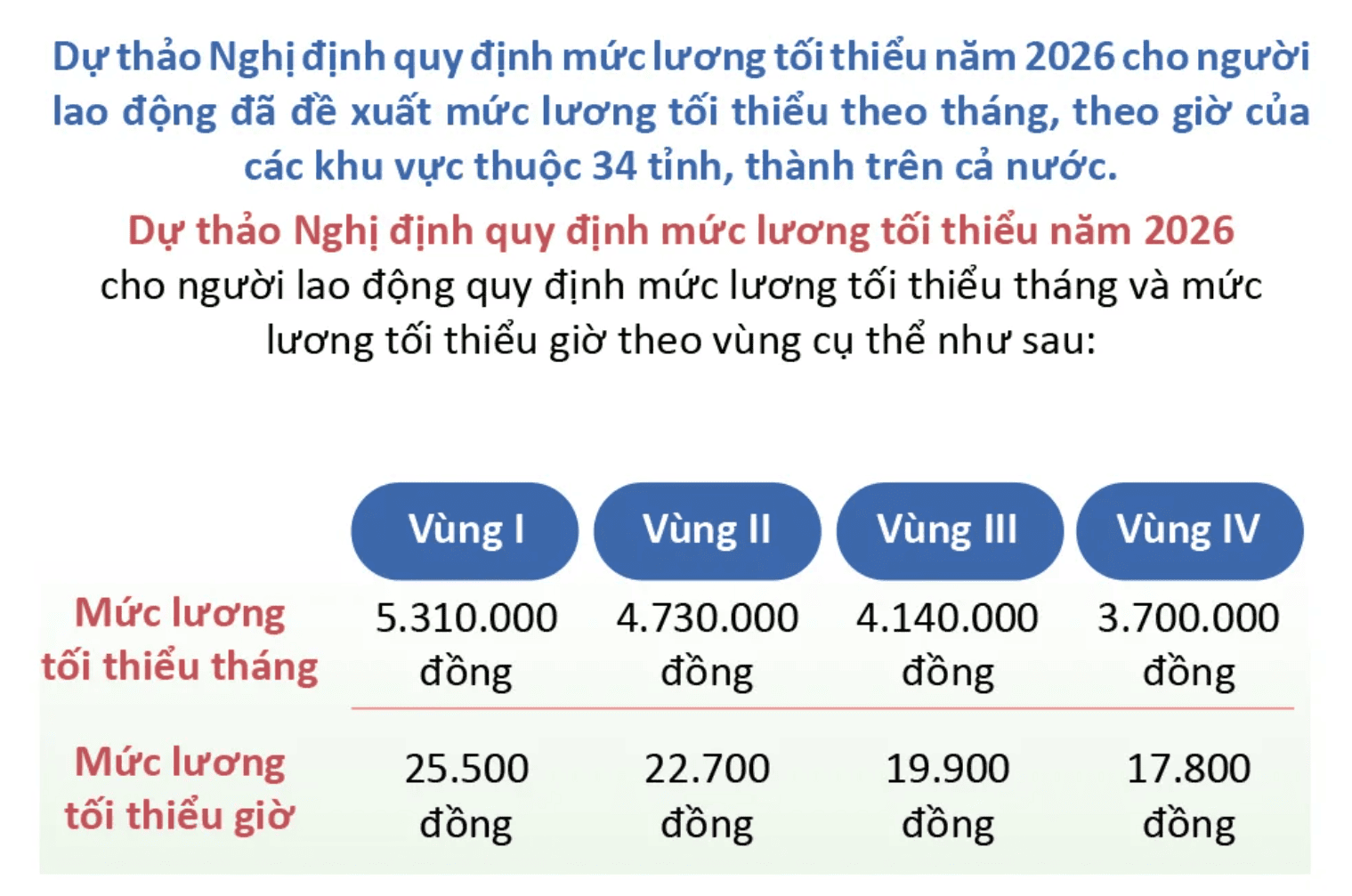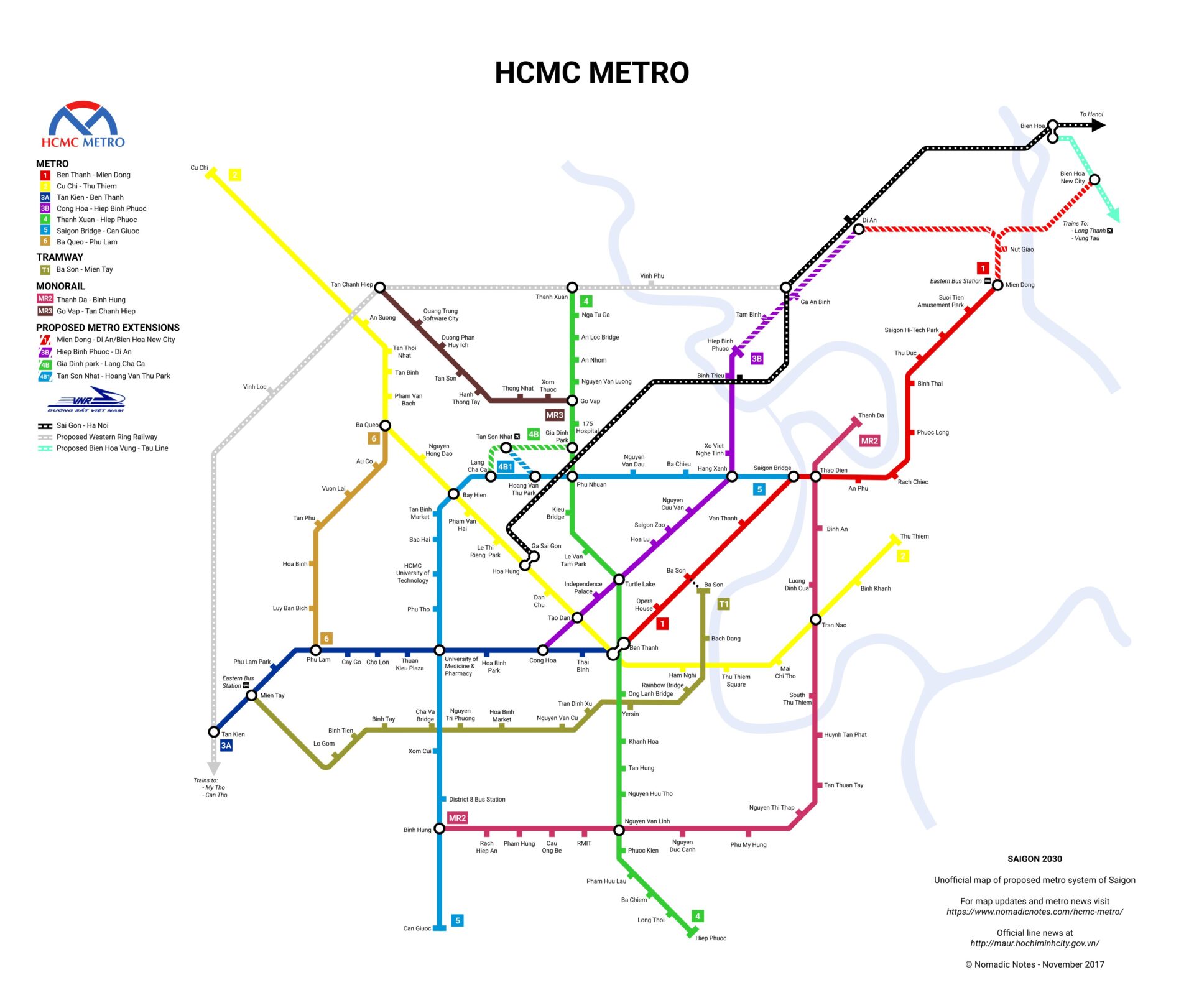Vietnamese Food Culture|Tradition, Flavor, and the Soul of Vietnamese Cuisine

目次
1. Introduction|A Country Where Food Is Life
In Vietnam, food is more than just sustenance — it’s a way of life.
Stretching from the mountains of the north to the Mekong Delta in the south, Vietnam’s cuisine reflects regional diversity, history, and cultural harmony.
Influenced by Chinese, French, and Southeast Asian traditions, Vietnamese food strikes a perfect balance between simplicity and sophistication.
2. Key Characteristics of Vietnamese Cuisine
Vietnamese cuisine is known for being healthy, balanced, and fresh.
- Light and nutritious: Plenty of herbs and vegetables with minimal oil.
- Flavor balance: A delicate mix of sweet, sour, salty, and spicy elements.
- Rice at the center: Rice-based dishes like pho, banh mi, and com tam form the foundation.
- Nuoc Mam (fish sauce): The essential ingredient that adds depth and umami.
Each dish captures a sense of freshness, color, and harmony — a true reflection of Vietnam’s connection to nature.
3. Regional Flavors of Vietnam
🇻🇳 Northern Vietnam (Hanoi)
Mild, elegant flavors that emphasize natural ingredients.
Signature dishes: Pho, Bun Cha, Cha Ca La Vong.
🥥 Central Vietnam (Hue, Da Nang)
Influenced by royal cuisine — colorful, spicy, and artistic.
Signature dishes: Bun Bo Hue, Mi Quang.
🌴 Southern Vietnam (Ho Chi Minh City)
Sweeter and richer flavors with French and tropical influences.
Signature dishes: Banh Xeo, Com Tam, Banh Mi.
4. 10 Must-Try Vietnamese Dishes
- Pho – Rice noodle soup, Vietnam’s national dish.
- Banh Mi – French baguette sandwich with Vietnamese fillings.
- Goi Cuon – Fresh spring rolls with shrimp and herbs.
- Banh Xeo – Crispy Vietnamese pancake.
- Bun Cha – Grilled pork with rice noodles and fish sauce.
- Com Tam – Broken rice with grilled meat.
- Canh Chua – Sour soup from the Mekong Delta.
- Che – Sweet dessert made with beans, fruits, and jelly.
- Banh Cuon – Steamed rice rolls with minced pork and mushrooms.
- Ca Phe Sua Da – Vietnamese iced coffee with condensed milk.
5. The Culture of Sharing and Togetherness
Meals in Vietnam are meant to be shared.
Families and friends gather around a table filled with shared dishes, embodying community and connection.
This spirit of “eating together” is also visible in the country’s vibrant street food culture — where small plastic stools, sizzling woks, and laughter fill every corner.
6. Modern Vietnam|Where Tradition Meets Innovation
Today’s Vietnam is redefining its culinary identity.
Modern chefs are reimagining traditional dishes, while cities like Hanoi and Ho Chi Minh City are earning spots in the Michelin Guide.
Health-conscious dining, vegan cuisine, and organic ingredients are also on the rise, creating a new wave of modern Vietnamese gastronomy that still honors its roots.
7. Conclusion|Taste the Heart of Vietnam
Vietnamese food tells the story of its people — warm, welcoming, and full of life.
From a humble bowl of pho to an elegant fine-dining meal, every bite reveals a piece of Vietnam’s soul.
When you visit, don’t just dine — explore.
Walk through local markets, sit at a street-side stall, and let the aroma of lemongrass, lime, and fish sauce guide you into the heart of Vietnam.
Because to understand Vietnam is to taste it.
(Photo by Unsplash.com)



